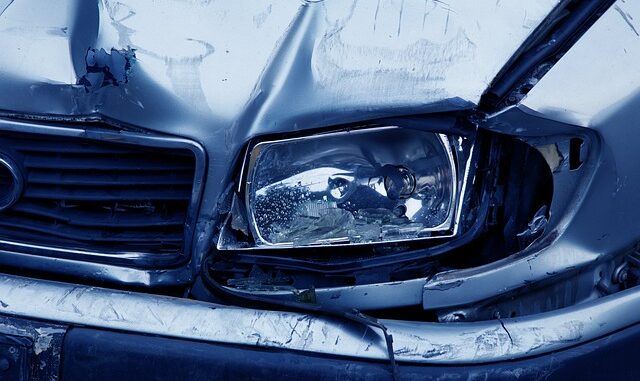
Car accidents in Ontario can lead to complex legal and insurance issues, especially when it comes to determining fault. In recent years, the use of dashcams and other video recording devices has revolutionized how incidents are documented and analyzed. This article explores how dashcam and video evidence can play a crucial role in establishing fault in car accidents in Ontario.
Importance of Video Evidence
Video evidence, such as recordings from dashcams or security cameras, provides a clear and objective record of events leading up to and during a car accident. In Ontario, where fault determination can significantly impact insurance claims and legal liabilities, video footage offers valuable insights that complement traditional forms of evidence.
How Dashcams Assist in Fault Determination
- Recording Real-Time Events: Dashcams continuously record footage while driving, capturing crucial moments before, during, and after an accident. This footage can accurately depict the sequence of events, including factors like speed, lane positions, and traffic signals.
- Objective Documentation: Unlike witness statements that can be subjective or biased, dashcam footage provides an objective account of what occurred. This can be pivotal in cases where drivers dispute each other’s versions of events.
- Enhancing Insurance Claims: Insurance companies in Ontario often rely on dashcam footage to assess liability accurately. Clear video evidence can expedite claims processing and prevent disputes over fault, leading to quicker resolutions for drivers involved.
Legal Considerations in Ontario
- Admissibility in Court: Dashcam and video evidence are generally admissible in Ontario courts, provided they meet certain criteria such as relevance, authenticity, and clarity. Courts consider whether the footage accurately represents the events in question and can be authenticated by the person who recorded it.
- Impact on Police Reports: When police officers respond to car accidents in Ontario, they may review dashcam footage if available. This can influence their reports and subsequent investigations, offering additional perspectives beyond eyewitness testimonies.
Steps to Utilize Dashcam Footage Effectively
- Immediate Activation: Ensure your dashcam is properly installed and activated before driving. Timely activation ensures that all relevant events leading up to an accident are recorded without gaps or interruptions.
- Secure Storage: Dashcam footage should be stored securely to prevent accidental deletion or tampering. High-quality footage is crucial for its admissibility in insurance claims and legal proceedings.
- Sharing with Authorities: In the event of an accident, cooperate with law enforcement officers and insurance adjusters by providing them access to dashcam footage. This can facilitate their investigations and help establish liability accurately.
Challenges with Dashcam Evidence
- Quality and Clarity: Poor lighting conditions or camera malfunctions can affect the quality and clarity of dashcam footage. It’s essential to regularly maintain your dashcam to ensure it records high-definition video that accurately captures events.
- Privacy Concerns: While dashcams primarily record public spaces, they may inadvertently capture private information or conversations. Drivers should be mindful of privacy laws and avoid using footage for purposes other than resolving accidents.
Conclusion
In Ontario, dashcam and video evidence have become invaluable tools in determining fault in car accidents. Their objective nature and ability to provide clear documentation of events make them highly reliable in insurance claims and legal disputes.
By understanding the importance of dashcam footage and adhering to best practices for its use, drivers can better protect their interests and navigate the aftermath of accidents more effectively. Timely activation, secure storage, and proper sharing of dashcam footage can significantly enhance the efficiency and fairness of fault determination processes in Ontario.
In summary, as technology continues to evolve, dashcams offer a proactive means for drivers to safeguard themselves against unjust liability claims and ensure accountability on the road. By leveraging video evidence responsibly, Ontario drivers can contribute to safer driving environments and more equitable outcomes following car accidents.
